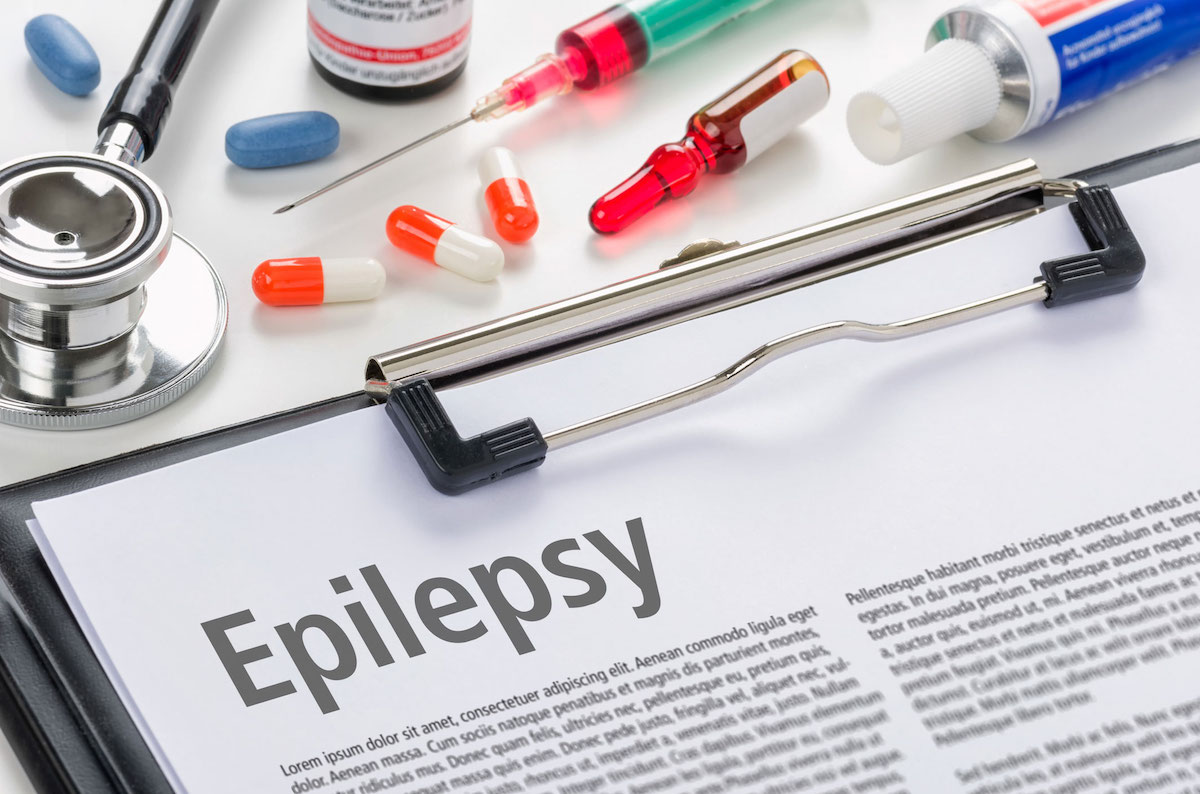<< Back
Now, Deep Brain Stimulation to Prevent Epileptic Seizures

November 04, 2020
The Hartford HealthCare toolbox for treating epilepsy recently gained a significant and innovative option when a pair of neurosurgeons employed deep brain stimulation (DBS) to help prevent a patient’s problematic seizures.
DBS, which the HHC Ayer Neuroscience Institute team has used for years in patients with movement disorders like Parkinson’s disease, was approved in 2018 to target refractory epilepsy, a form that doesn’t respond well to medication or other treatments.
“Epilepsy surgery is one of the most underused branches of neurosurgery yet one of the most needed,” said Dr. Mohamad Khaled, a neurosurgeon specializing in DBS and epilepsy who achieved the HHC milestone with Dr. Patrick Senatus, medical director of the system’s DBS Program.
Epilepsy is the result of misfiring electrical circuits in the brain that can cause seizures of various degrees of severity. Many patients find relief through medication. When medications fail, surgical options are considered. Dr. Gabriel Martz, medical director of Ayer’s Epilepsy Center, said that all surgical recommendations are made after a comprehensive case review and discussion by a team that includes epileptologists, epilepsy neurosurgeons, a neuropsychologist, social worker, neuroradiologist and other essential members.
In many cases, the process requires multiple inpatient and outpatient tests over three to six months. Every recommendation is specific to the patient being evaluated.
If the part of the patient’s brain where the seizures start can be clearly identified and does not control other essential functions such as speech or movement, it can be surgically removed. But in some people with refractory epilepsy, this type of surgery isn’t recommended because the site or origin is hard to locate, there are multiple areas of onset or the area is too close to a part of the brain that is highly important. For these people, stimulator treatments remain a good option, Dr. Martz said.
In the first stage of DBS, neurosurgeons implant electrodes in a deep part of the brain called the anterior nucleus of the thalamus. The patient spends one night in the hospital and then goes home. Stage two, a few weeks later, is outpatient surgery to connect the electrodes and implant a pacemaker-like battery near the collarbone. Several weeks later, the patient goes to the neurologist’s office to have the device turned on and the stimulator settings adjusted.
Then the patient will wait to experience results of the surgery, which Dr. Khaled said may take years.
“Unlike with movement disorders, where patients see an immediate change, this is a long-term tool. We will not be able to judge its effect for a few years,” he said, although, “If it works, the long-term benefits are life-changing.”
Fear, Dr. Khaled noted, should not stand in a patient’s way.
“There is a stigma and fear because it is brain surgery, but given how minimally-invasive it is – there is one small hole in the skull and spaghetti noodle-sized electrodes are inserted – it is very safe,” he said.
He also said waiting too long could mean epilepsy causes too much damage to the brain.
“The longer they wait, the less the surgery will help them because too many bad circuits have developed in the brain,” Dr. Khaled said.
Being able to offer such advanced options to patients was the culmination of extensive planning and training at Ayer, assemblage of a skilled team and institutional support, Dr. Senatus said.
“This is a major addition to our neurosurgery repertoire,” he said. “We are so happy for the patient, who was up and talking minutes after the procedure. It’s just compassionate to offer this for patients.”
The procedure, he added, uses a well-established technique with low complication rates, which can benefit many of the 3.5 million Americans with refractory epilepsy.
“We’ve assembled a skilled set of neurologists and I don’t see a limit to the number of patients we can do,” Dr. Senatus said. “This is a program that will only continue to expand, especially since it’s covered by insurance.”
DBS augments the wide variety of options available for epilepsy patients, according to Dr. Martz.
“The data shows that about half of the people getting DBS will eliminate half of the seizures they typically have,” he said. “That will improve quality of life.”
The Epilepsy Center, he added, relies on a “comprehensive care model designed to help patients maximize their quality of life, whether it’s curing seizures, helping them live with them or reducing them. We do all of that. And, in every case when we do offer a surgical treatment, it is because we feel the risks are low and the benefits are potentially life-changing.”